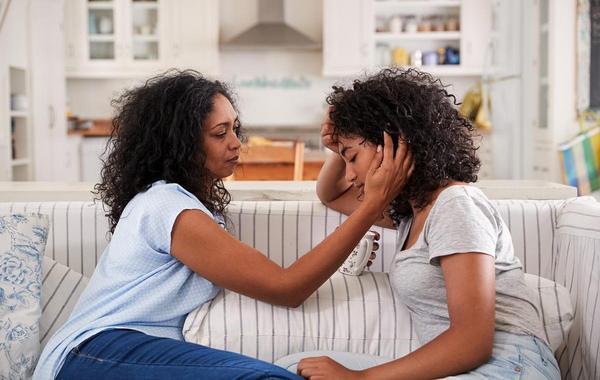
Facebook’s Privacy Tools And Limits
First, it’s worth remembering the basic rules of Facebook. In jurisdictions without a specific law against children having social media profiles, Facebook only allows people 13 or older to have a profile; in some countries, that’s raised to the age of 14 or higher due to local statutes.
Or, at least, this is the theory. The reality is that it’s fairly common for children with internet access to have Facebook profiles under their own name or someone else’s. While Facebook demands a “real name” and a legitimate email address as part of its terms & conditions, in practice this amounts to little more than having a valid email and a name on your profile that doesn’t sound fake.
Nor does Facebook allow someone who doesn’t hold an account access to it, even if they’re a parent and the account holder is a child violating Facebook’s rules. Further, the tools that are available are limited to Facebook. Other sites it owns, such as Instagram, have separate rules and concerns.
This is why Facebook parental controls are a good beginning, but they shouldn’t be the only tool that you use. Parental control apps can block kids under 13 from accessing Facebook at all, and limit time spent on Facebook to what you’d prefer it to be.T

What Are Facebook’s Privacy Tools?
First of all, it’s important to remember that kids can change these settings back. Before you work with Facebook’s privacy controls, you should have a discussion with your kids about why you’re asking for access to their account and making these configurations.
When you’ve had that talk, start with the privacy checkup. Facebook will audit your profile and discuss potential privacy risks. This will allow you to set who sees your child’s profile, who can contact them, which apps can access their data, and who can friend your child on the platform. Limiting friend networks to “Friends of Friends” is particularly important, but stress to children they should only be friends with somebody they know in real life.
Next, you should walk your kids through what to do to remove a bully. Facebook allows you to block anybody bothering you, and kids should be able to take swift action against them by excising them from their online presence.
Finally, schedule a regular check-in, where your children give you access to their account and you can see what’s going on. Make a point of regularly talking to them about what they do online, and who they speak with. What’s being said to them? Who are their favorite social media personalities or YouTube stars? Having these conversations, and learning who these people are, is a key piece of protecting your children.
The internet is still a work in progress when it comes to safety, social interaction, and children’s safety. Parents need to treat it accordingly, not just with Facebook parental controls, but also third-party parental control software and common-sense discussions with kids. If you need help keeping an eye on what your kids do online, sign up for Screen Time.

Join the conversation